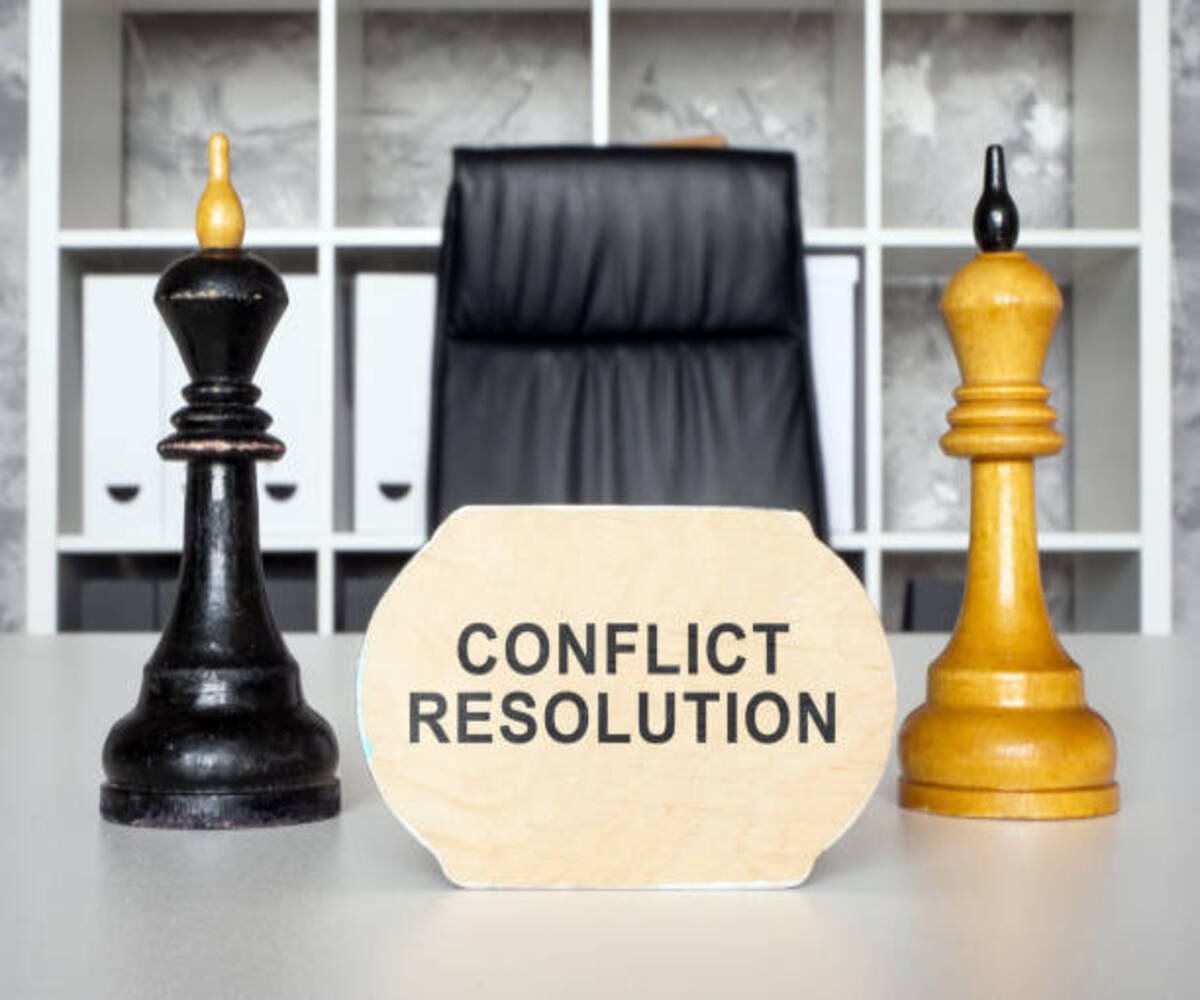Introduction to Conflict Resolution and Employee Relations
Conflict is an inevitable part of any workplace, arising from differences in opinions, work styles, and expectations. Effective conflict resolution and strong employee relations are crucial for maintaining a productive and harmonious work environment.
At SignifyHR, we provide expert insights on Conflict Resolution and Employee Relations, helping HR professionals and managers develop skills to handle disputes efficiently and build positive workplace relationships.
This guide explores key conflict resolution strategies, best practices for employee relations, and methods to foster a culture of collaboration and respect.
Understanding Conflict in the Workplace
Conflict occurs when employees or teams have disagreements due to:
- Differences in work styles and personalities – Diverse teams often have varying approaches to tasks.
- Miscommunication or lack of clarity – Poor communication can lead to misunderstandings.
- Unclear job roles and responsibilities – Ambiguity in responsibilities can cause friction.
- Competing interests or workplace competition – Employees may struggle over promotions, resources, or recognition.
- Cultural and generational differences – Diverse teams require inclusive communication strategies.
Types of Workplace Conflict
1. Interpersonal Conflict
Occurs between two employees due to personality clashes, communication barriers, or misunderstandings.
2. Intragroup Conflict
Happens within a team when members disagree on project goals, work processes, or leadership decisions.
3. Intergroup Conflict
Arises between different teams or departments due to resource allocation, priorities, or competitive pressures.
4. Organizational Conflict
Caused by structural issues, poor management, or lack of workplace policies.
Conflict Resolution Strategies
1. Active Listening and Open Communication
- Encourage employees to express their concerns clearly and without fear.
- Listen actively without interrupting and acknowledge their perspectives.
- Use neutral language and reframe negative statements into constructive discussions.
2. Mediation and Negotiation
- HR professionals or managers should act as mediators in disputes.
- Encourage compromise where both parties agree on a mutually beneficial solution.
- Ensure that both sides feel heard and respected in the resolution process.
3. Establishing Clear Policies and Procedures
- Develop workplace conflict resolution policies to provide a structured approach.
- Train employees and managers on handling disputes professionally.
- Implement a formal grievance process for serious conflicts.
4. Collaborative Problem-Solving
- Focus on resolving the issue, not blaming individuals.
- Identify common goals and work toward a win-win solution.
- Encourage a team-oriented mindset to prevent future conflicts.
5. Emotional Intelligence in Conflict Management
- Train employees on self-awareness, empathy, and emotional control.
- Encourage constructive criticism instead of personal attacks.
- Foster a culture of respect, inclusion, and understanding.
Building Strong Employee Relations
Employee relations focus on fostering a positive and collaborative work environment. Strong employee relations lead to higher job satisfaction, increased productivity, and lower turnover rates.
Key Elements of Effective Employee Relations
- Transparent Communication – Keep employees informed about company goals, changes, and expectations.
- Fair and Equitable Treatment – Ensure all employees are treated fairly, without bias or discrimination.
- Employee Engagement and Recognition – Recognize employee achievements and promote a sense of belonging.
- Work-Life Balance Initiatives – Support flexible work arrangements and mental well-being programs.
- Trust Between Employees and Management – Encourage open-door policies for addressing concerns.
Common Challenges in Employee Relations and How to Address Them
1. Workplace Miscommunication
- Solution: Promote clear and consistent messaging through emails, meetings, and collaboration tools.
2. Employee Disengagement
- Solution: Conduct regular feedback sessions and involve employees in decision-making.
3. Lack of Inclusivity and Diversity
- Solution: Implement diversity and inclusion programs to foster respect for different perspectives.
4. Workplace Harassment or Bullying
- Solution: Establish zero-tolerance policies, provide confidential reporting channels, and train employees on workplace ethics.
The Role of HR in Conflict Resolution and Employee Relations
HR professionals play a critical role in maintaining workplace harmony by:
- Developing conflict resolution frameworks to address disputes efficiently.
- Providing mediation and coaching to help employees resolve conflicts constructively.
- Monitoring workplace relationships through employee surveys and feedback mechanisms.
- Ensuring compliance with labor laws, ethics, and workplace conduct policies.
- Fostering a culture of trust and collaboration through training and leadership programs.
Technology’s Role in Conflict Resolution and Employee Relations
Modern HR tools enhance conflict resolution and employee engagement through:
- HR Analytics – Identifying patterns in workplace conflicts and employee concerns.
- AI-Powered Chatbots – Offering employees instant guidance on workplace policies.
- Employee Feedback Platforms – Encouraging anonymous feedback to improve workplace relations.
- Digital Mediation Tools – Facilitating online conflict resolution for remote teams.
Future Trends in Conflict Resolution and Employee Relations
- Hybrid Workplace Conflict Management – Handling disputes in virtual and in-office settings.
- AI-Based Sentiment Analysis – Using AI to detect workplace tensions and prevent conflicts.
- Increased Focus on Employee Mental Health – Integrating well-being programs into HR strategies.
- Diversity, Equity, and Inclusion (DEI) Expansion – Enhancing fairness in workplace relationships.
Conclusion
Conflict resolution and strong employee relations are essential for building a healthy, productive, and engaged workforce. By implementing effective communication, mediation, and engagement strategies, HR professionals can reduce workplace conflicts and improve employee satisfaction.
At SignifyHR, our Conflict Resolution & Employee Relations Course provides HR leaders with the tools to foster workplace harmony. Enroll today and master the art of handling conflicts professionally!

